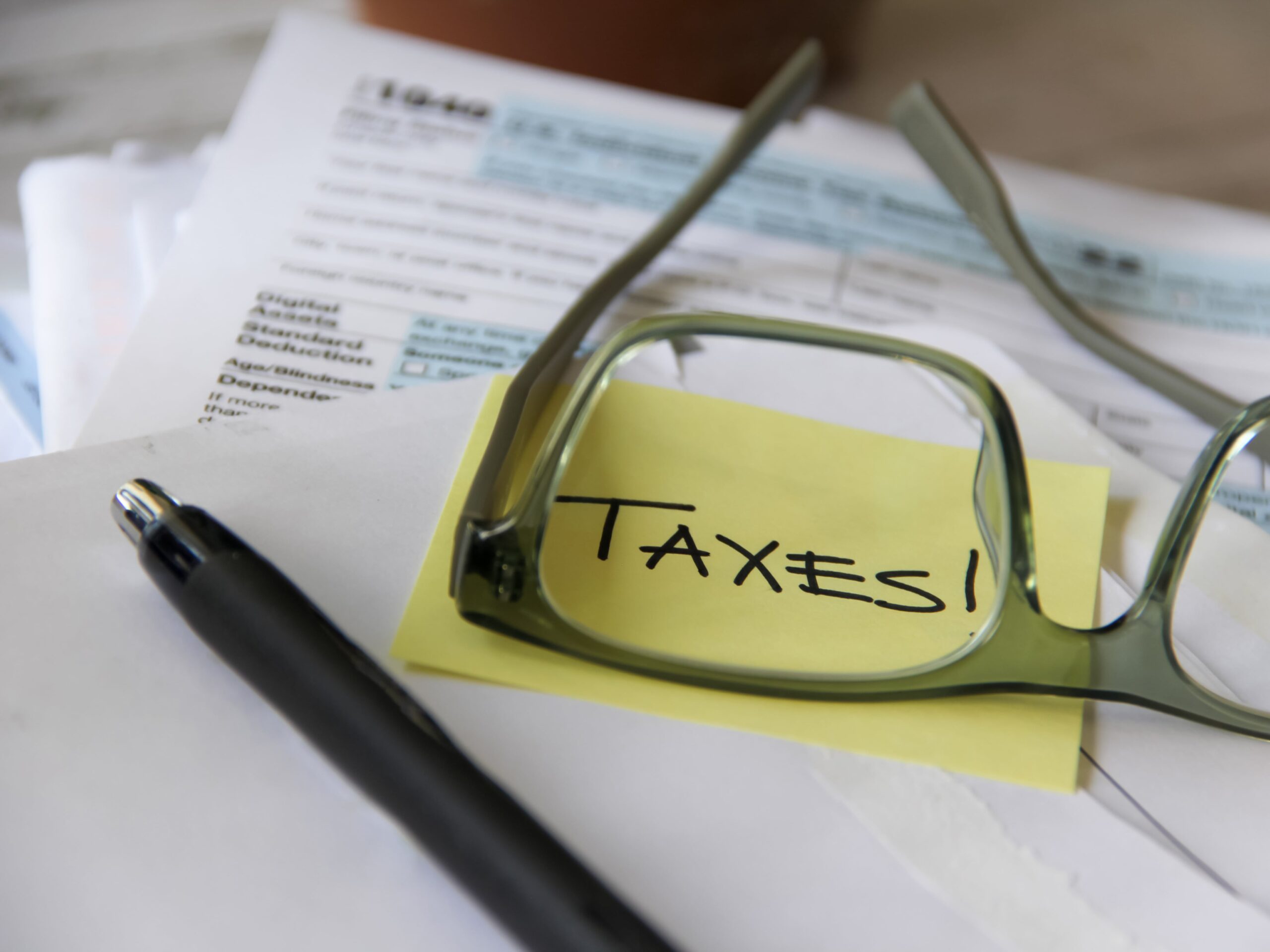Ensuring your records are accurate and you pay the correct amount of tax is an essential requirement of running a business.
Every business and individual registered for self-assessment in the UK is issued with an identifying number to facilitate timely tax reporting.
But what is a business tax ID number, how do you get one for your business, and how do you find the tax ID number of a business?
What is a business tax ID number?
Every company in the UK is automatically issued with a Unique Tax Reference (UTR) from HM Revenue & Customs (HMRC) when they become incorporated.
UTRs, also sometimes known as a business tax ID number, consist of a unique 10-digit code assigned to each individual or corporate entity that is registered for self-assessment with HMRC.
The code acts as the means through which HMRC identifies individuals and businesses, enabling them to track tax obligations over time.
How do I find my business tax ID number?
If you’ve previously registered for self-assessment or for corporation tax with HMRC but can’t locate your UTR, there are several ways to find it.
First, check your correspondence with HMRC.
When HMRC issues your UTR, it usually sends it by post along with other registration details. HMRC may also contact you via email.
Check any letters, documents, or emails you’ve received since registering.
If you’ve set up an online account with HMRC, you will find your UTR in your account details.
If you’ve forgotten your login information, this can easily be reset by requesting reset details from HMRC.
You can also reach HMRC by phone or through its online help services, although you may be required to provide identifying information.
How do you get a business tax ID number?
Getting a tax ID number for a business is a straightforward process.
If you’re self-employed as a sole trader or partnership, you will receive your unique tax reference number when you register for self-employment.
This will be visible on all communications from HMRC, and will need to be used in any correspondence.
The process for limited companies is slightly different.
After your company has been incorporated with Companies House, you will need to register for corporation tax with HMRC.
This can be completed online, or by completing form CT141G and sending it by post.
After completing registration, HMRC will process your application and assign a UTR. This will be sent to the company’s registered office address by post and typically takes a few weeks
You should keep your UTR safe and accessible because it will be needed whenever you correspond with HMRC.
Expert tax and financial management services for small businesses from DAAFL
At DAAFL, our expert team provides comprehensive tax advice and planning services for small businesses.
Our specialist small business tax services can reduce your tax burden through sensible business tax planning, taking advantage of any allowances and reliefs, while ensuring you remain compliant.
Contact our Stockport accountants or further advice on effectively managing your business tax affairs.
